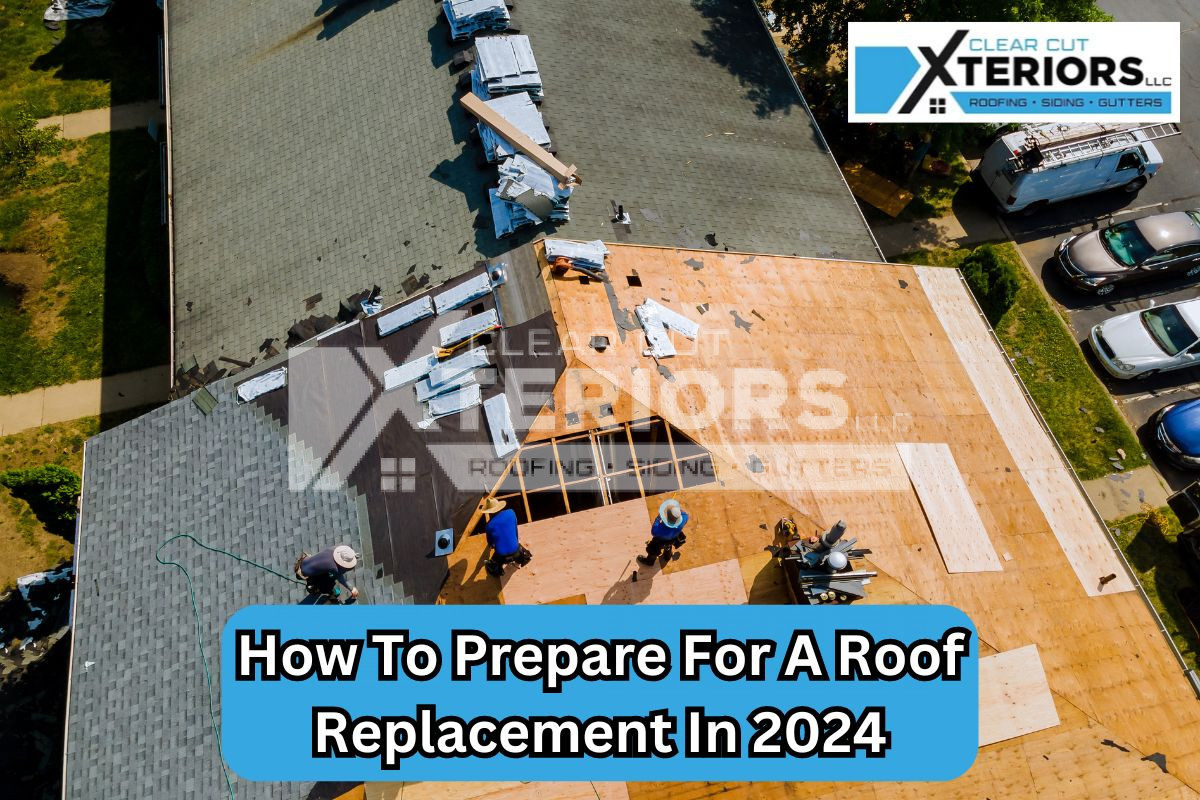Replacing your roof is not just a home improvement project, it can also be a lifestyle upgrade. It’s about making your home seem better from the outside, safeguarding it, and getting a significant return on your investment. However, let’s face it, if you’re not familiar with the process, replacing your roof can seem like a big deal.
To ensure a seamless process and the least amount of disturbance to your daily routine, we are here to assist you with tips in this blog post, where we aim to help you prepare for a roof replacement.
Signs You Need A Roof Replacement
The first step in preparing for a roof replacement is recognizing when to take action. While some signs of a failing roof may be obvious, others can be more subtle. As a homeowner, it’s crucial to inspect your roof regularly in order to identify potential issues early on.
1. Leaking Attic
Look for water stains, damp areas, or light shining through cracks in your attic. These signs mean water is getting in and you might need a new roof.
2. Missing or Damaged Shingles
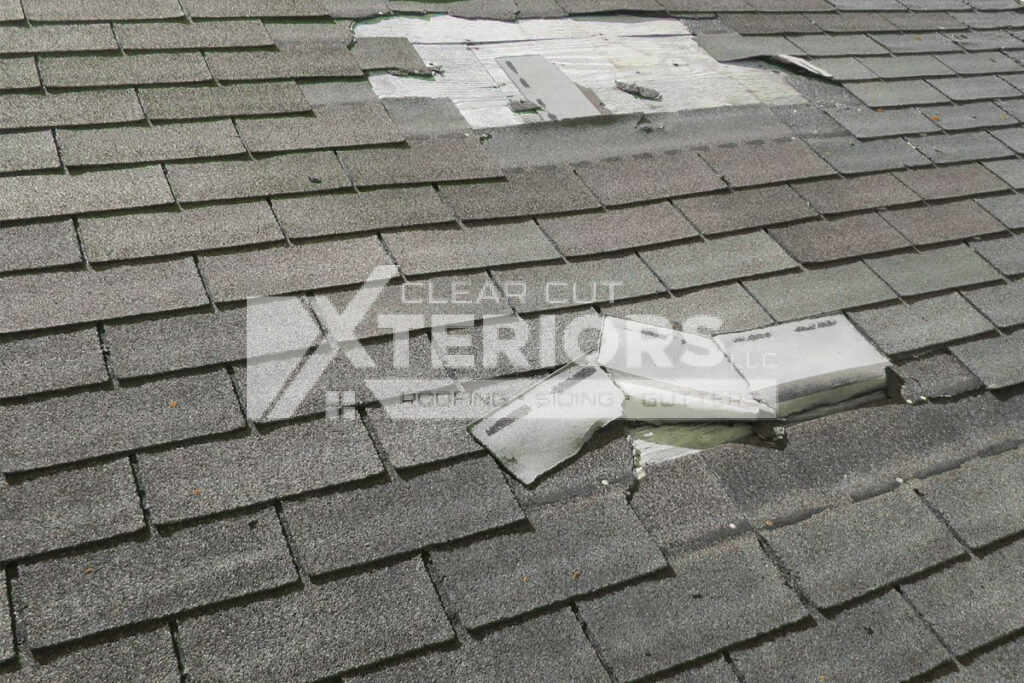
Check if shingles are missing, cracked, or curled. If any are damaged, your roof might need replacement to keep water out.
3. Rusted Roof Valleys
Roof valleys help direct water off the roof. If they are rusted or damaged, they might cause leaks and a roof replacement could be needed.
4. Gaps In Chimney Flashing
Look at the flashing around chimneys and vents and check for cracks. Damaged flashing can let water in, which may mean you need a new roof if the damage is bad.
5. Sagging Roofline
A sagging roofline can show structural problems or indicate moisture trapped in the roof. This usually means a full roof replacement is needed.
6. Storm Damage
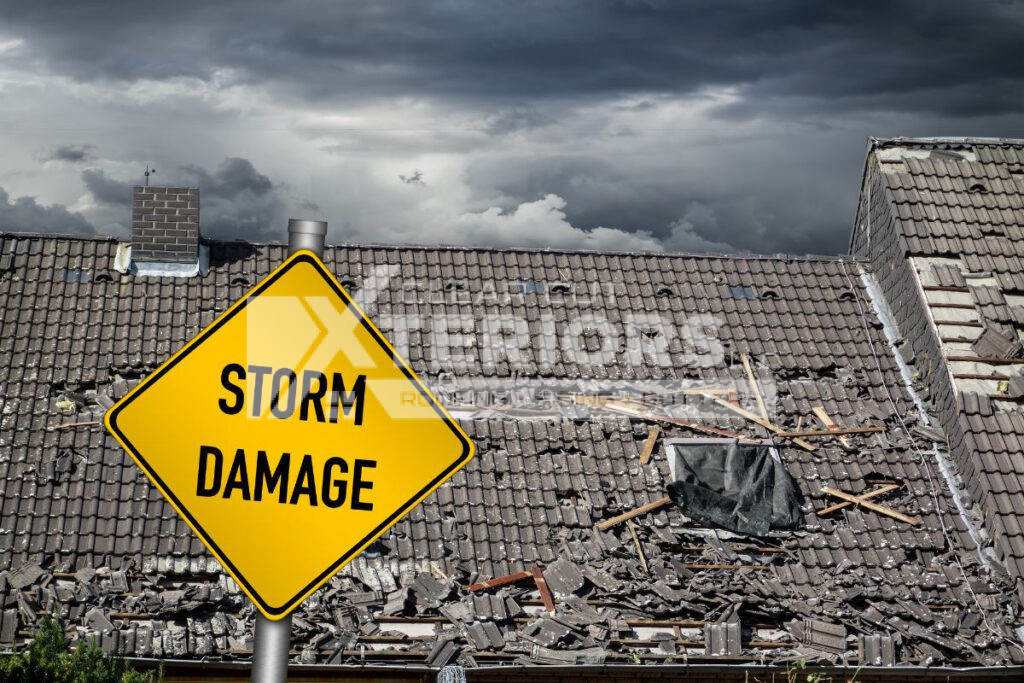
After a severe storm, check your roof for damage. Storms can cause serious wear and tear, and a replacement might be necessary.
Planning For The Roof Replacement
When you decide it’s time to replace your roof, planning ahead is key. Here’s how to get started:
1. Timing
Pick the best season for your roof replacement. Spring and early fall are ideal due to better weather and fewer delays. However, you want to consider the possibility that weather-related delays may occur in the process.
2. Budgeting
Budgeting for your roof replacement is crucial, especially when it comes to unexpected repairs or delays. Luckily, in 2024, you can explore financing options like personal loans, home equity lines, or contractor payment plans to help with the cost. Choose the option that works best for your budget.
3. Choosing a Contractor
Select a licensed, insured, and well-reviewed contractor. If they have any manufacturer certifications, that’s a good sign too. Ask about their experience, material recommendations, and if they offer any warranties.
How To Prepare Your Home For A Roof Replacement
Once you’ve chosen your contractor and your roof replacement is scheduled, you can do a few things to prepare your home for the project. Here’s how:
A. Interior Preparation
- Cover Valuables: Remove or cover fragile items, especially in rooms directly under the roof.
- Clear Out The Attic: Remove items from the attic and cover any remaining ones with tarps to protect them from dust.
- Turn Off HVAC Systems: Switch off your HVAC units to avoid dust entering your system.
B. Exterior Preparation
- Clear The Surrounding Area: Move vehicles, outdoor furniture, and other items away from your home to create a safe workspace.
- Protect Landscaping: Use plywood or other materials to shield plants and landscaping from debris.
- Secure Pets: Keep pets indoors during the project to prevent accidents.
C. Neighbor Considerations
- Inform Neighbors: Let them know about the project’s timing and potential noise or disruptions.
- Arrange Parking: Coordinate with your contractor to ensure enough parking for the crew and consider how it might affect your neighbors.
Select Roofing Materials
The choice of roofing materials plays a crucial role in the overall look, performance, and longevity of your new roof. Some popular options include:
#1. Asphalt Shingles
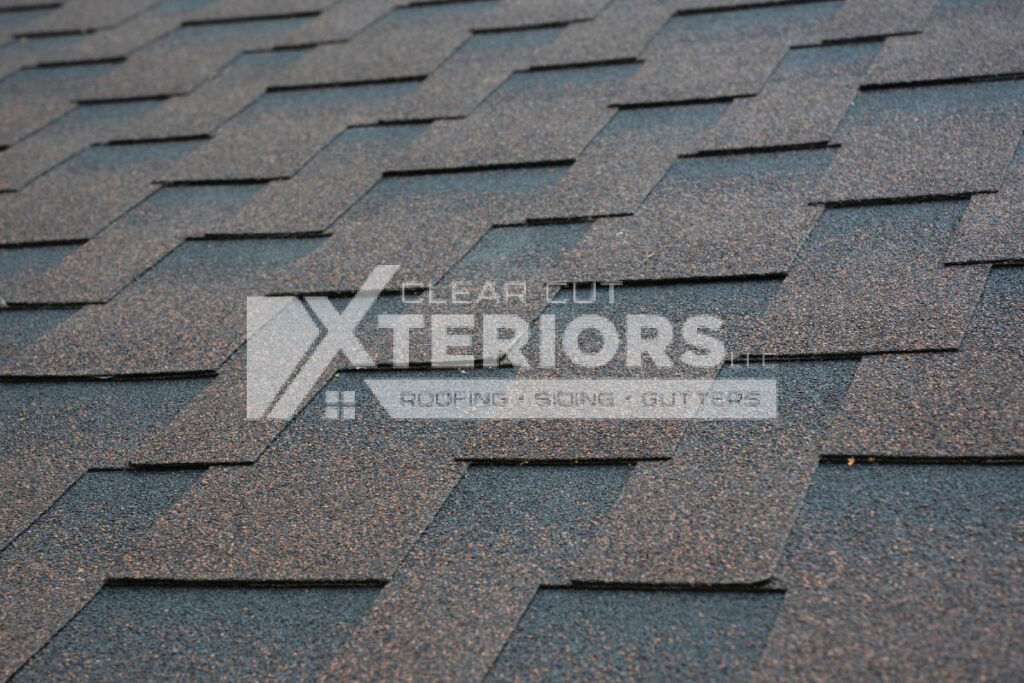
Affordable and easy to install, asphalt shingles come in various styles and colors, lasting between 20 and 30 years. They are widely used, but not the most eco-friendly option, and they can be damaged by strong winds if they’re not installed properly.
#2. Metal Roofs
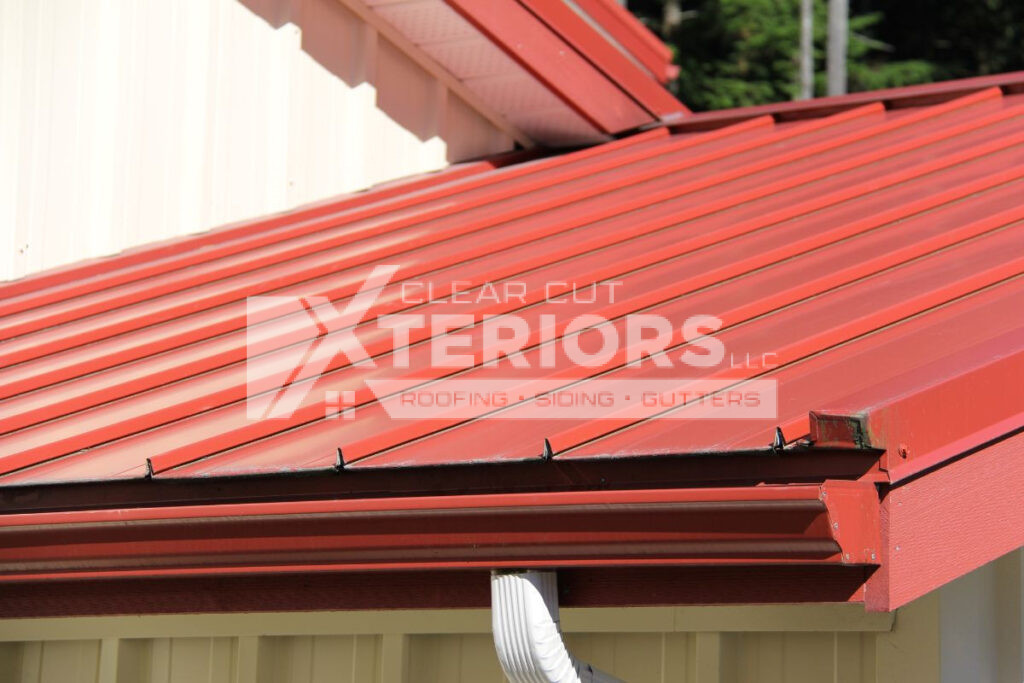
Known for its durability, a metal roof can last 30 to 50 years. It resists fire and severe weather conditions but is more expensive and requires specialized installation. Additionally, metal is recyclable, making it a sustainable choice.
#3. Cedar Shake
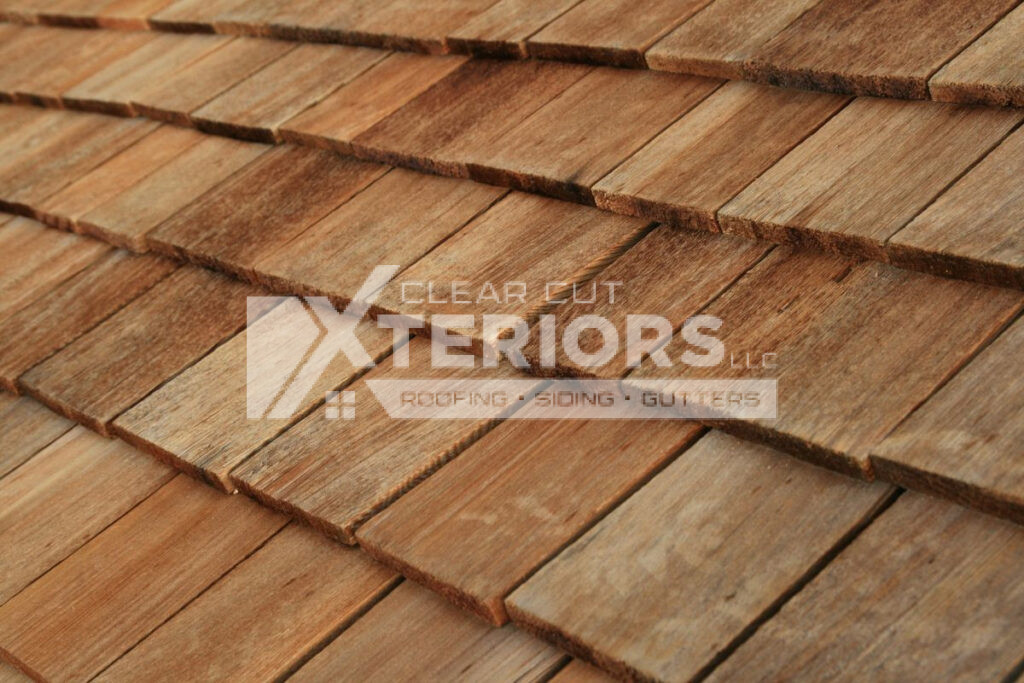
Offering a natural, rustic appearance, a cedar shake roof typically lasts around 30 years. They require regular maintenance to prevent issues like rot and insect damage. This material is also more expensive than asphalt shingles and is not suitable for all climates.
#4. Slate

With a lifespan of over 50 years, slate is extremely durable and highly resistant to fire and harsh weather. However, it is heavy and requires a strong roofing structure, making it an expensive option. It’s favored by many homeowners for its longevity and natural beauty which can significantly add to a home’s value.
#5. Clay Tiles
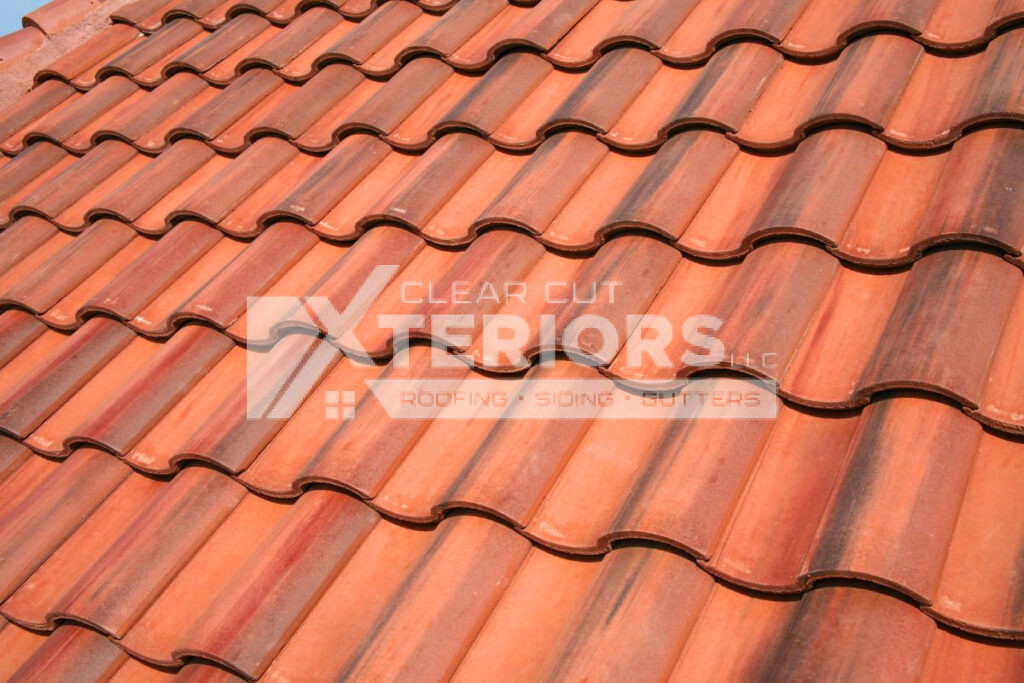
Clay tiles are long-lasting, often exceeding 50 years, and can withstand extreme weather and fire. They are heavy and may need additional structural support like slate. Although they’re more expensive and prone to cracking in cold climates, clay tiles offer a distinctive look and durability.
#6. Synthetic Roofing Materials
Mimicking traditional materials, synthetic roofing is lighter and often more affordable. It provides good durability and weather resistance, with a lifespan of 30 to 50 years. Synthetic options are a versatile and cost-effective choice for homeowners.
#7. Solar Shingles
Combining roofing with solar energy, solar shingles can save on energy costs over time. Though they come with a higher upfront cost, they integrate seamlessly into the roof’s design and are an excellent choice for environmentally conscious homeowners.
Understanding The Replacement Process
A roof replacement involves several key steps, and understanding them can help reduce any stress by the time the contractors get to your home.
1. Inspection
The process starts with a thorough inspection by your chosen contractor. They’ll check the roof’s structure, look for any hidden damage, and assess ventilation and insulation. This helps create a clear plan and accurate estimate for the project.
2. Removal Of Old Materials
Next, the old roofing materials are removed. This includes stripping away shingles, underlayment, and flashing. At this time the crew will inspect the roof deck for any hidden damage and dispose of the old materials responsibly, often recycling them.
3. New Roof Installation
With the old materials gone, the new roof is able to be installed. The crew first lays down a water-resistant underlayment, then installs your chosen roofing materials based on the manufacturer’s instructions, and finishes by adding flashing around features like chimneys and vents.
4. Cleanup
After the new roof is in place, the crew will clean up the area thoroughly. They remove all debris and use a magnet to pick up stray nails. A final inspection ensures everything is in order and your property is left clean and safe.
5. Address Potential Challenges
Roof replacements usually go well, but issues can arise. Delays caused by weather, such as rain or high winds, might interrupt work, and hidden structural problems could be found during material removal. Your contractor should manage these challenges and keep you informed, ensuring you stay confident about the project’s progress.
Post-Replacement Care
After your new roof is installed, follow these steps to keep it in good shape:
1. Get A Final Inspection
Have a professional check the installation and review your warranty terms.
2. Practice Regular Maintenance
Clean gutters and downspouts regularly to prevent clogs and water damage. Inspect your roof after severe storms or high winds. If you don’t feel up to
3. Hire Professional Maintenance
Schedule periodic maintenance like roof cleaning or sealant application to prolong your roof’s life.
Ensure a Smooth Roof Replacement With The Team At Clear Cut Xteriors
Getting ready for a roof replacement in 2024 involves planning and thinking about timing, budget, materials, and contractors. Following this blog post will help ensure your project goes smoothly, giving you a roof that protects your home and boosts its look and value.
For a smooth and reliable roof replacement in Minneapolis, choose Clear Cut Xteriors. Our expert team guarantees top-quality work and a perfect fit for your home, improving its protection and curb appeal. Trust us to handle your roofing needs with care and precision. For more information, give us a call today at (651) 340-3410.


